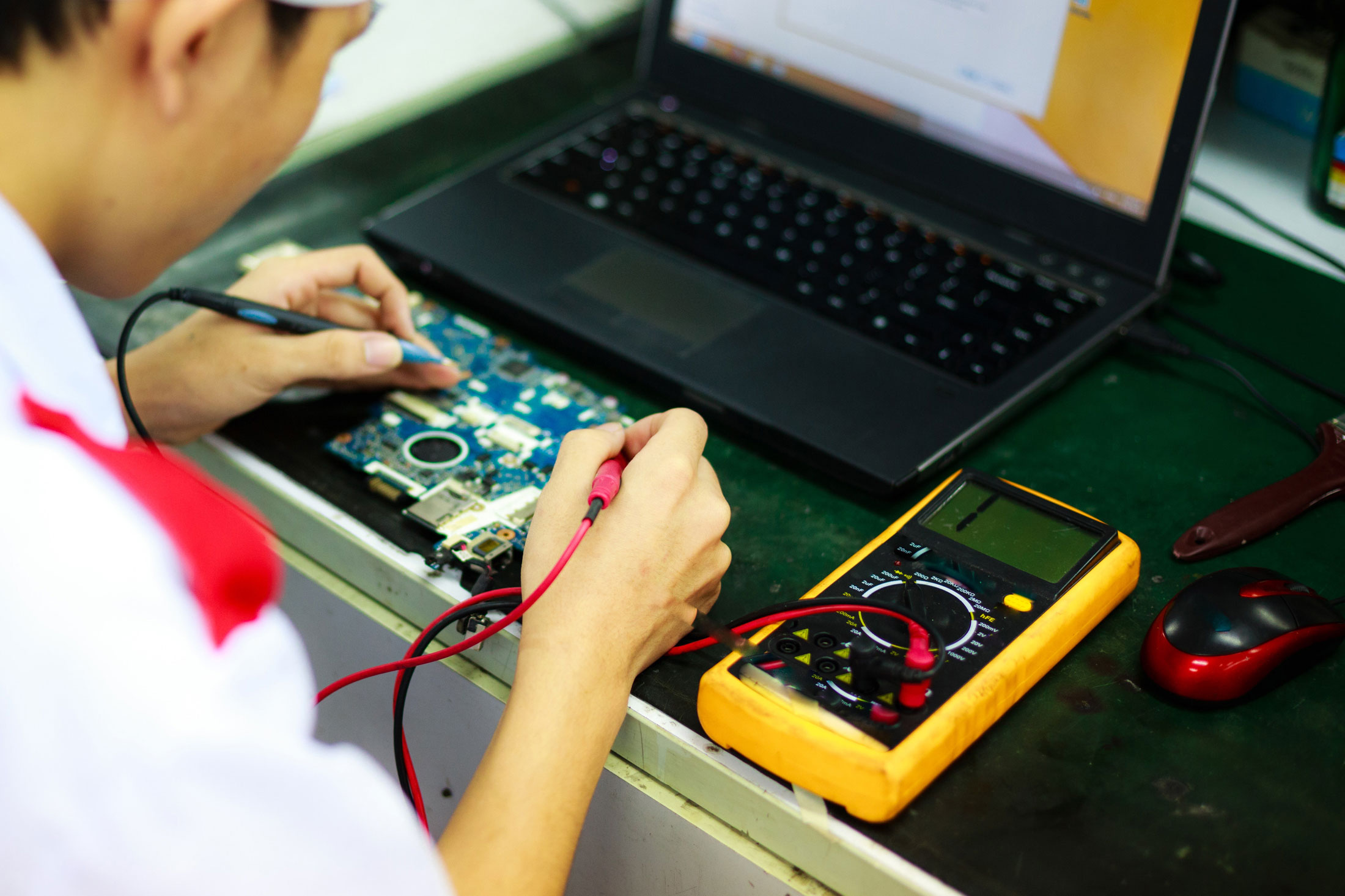P1 Port
A P1 port is a serial port on your Smart Meter. It's connector is a Registered jack (RJ). This plugin is known from the old telephone cables.
It sends a telegram (serial data) every second or 10 seconds (depending on your meter) over 1 of the pins when you apply voltage to the correct pin (RJ consists of 6 wires and 6 corresponding pins).
What we build
The project consists of 2 parts.
- The hardware (cable or circuit) to connect the P1 port with a Raspberry Pi.
- Software to read the telegram and save it to the database.
For connecting the P1 port to the Pi you can buy a ready made cable or make your own. In this guide we will make our own. For the software we will create a Node.js app and use some npm packages to save the data to a PostgreSQL database.
What we need
- Soldering iron and tin
- 3 1kΩ resistors
- a NPN Transistor BC548
- RJ11 cable
- Prototyping soldering board
- Breadboard
- Raspberry Pi (most models will do), in this guide I will be using a 4b
- SD card (8GB or larger recommended)
The schematic
Raspberry Pi
Setting up the basics
If you have a new SD card you should first install Raspbian
Enabling SSH and add new users
By adding an empty ssh file in the boot/root directory of the sd card you enable ssh so a monitor is not needed for logging in. Follow this guide to login with the default pi user and ad your own user. Also add your user to the sudo group.
Update OS
$ sudo apt update$ sudo apt full-upgradeLogin without promting password
Setting correct system time
$ sudo raspi-configntpdate for correct time
Setting up the Raspberry Pi for the project
Install NodeJS
With nvm (Node Version Manager)
$ curl -o- https://raw.githubusercontent.com/nvm-sh/nvm/v0.37.2/install.sh | bashLogout and log back in.
$ nvm install --ltsOr for the Raspberry Pi Zero (W)
$ NVM_NODEJS_ORG_MIRROR=https://unofficial-builds.nodejs.org/download/release nvm install --ltsGetting SSL certificates
sudo apt install certbotsudo certbot certonly --standaloneInstall Nginx for reverse proxy
sudo apt install nginxCreate a configuration file for the app in /etc/nginx/conf.d/. Replace example.com in this example with your app’s domain or public IP address:
server {
listen 80;
server_name example.com;
return 301 https://example.com$request_uri;
}
server {
listen 443 ssl http2;
server_name example.com;
ssl_certificate /etc/letsencrypt/live/example.com/fullchain.pem;
ssl_certificate_key /etc/letsencrypt/live/example.com/privkey.pem;
location / {
proxy_pass http://localhost:4000/;
}
}Add the following to /etc/nginx/nginx.conf if yout get an error about server_names_hash_bucket_size.
http {
server_names_hash_bucket_size 64;
}Nginx Reverse proxy && SSL reverse proxy ssl
Install pm2
$ npm install pm2 -g$ pm2 startup$ pm2 start --time npm --name home-care-api -- run serverInstall git
$ sudo apt install gitBuild Prisma engines
At the time of writing prisma doesn't prebuild engines for arm devices, so you need to build them yourself. prisma-engines build instructions
$ sudo apt install libssl-devInstall PostgreSQL
Remove shell over serial and enable hardware
$ sudo raspi-configAllow user to access gpio pins
$ sudo usermod -a -G dialout,gpio usernameAnd logout and login.

